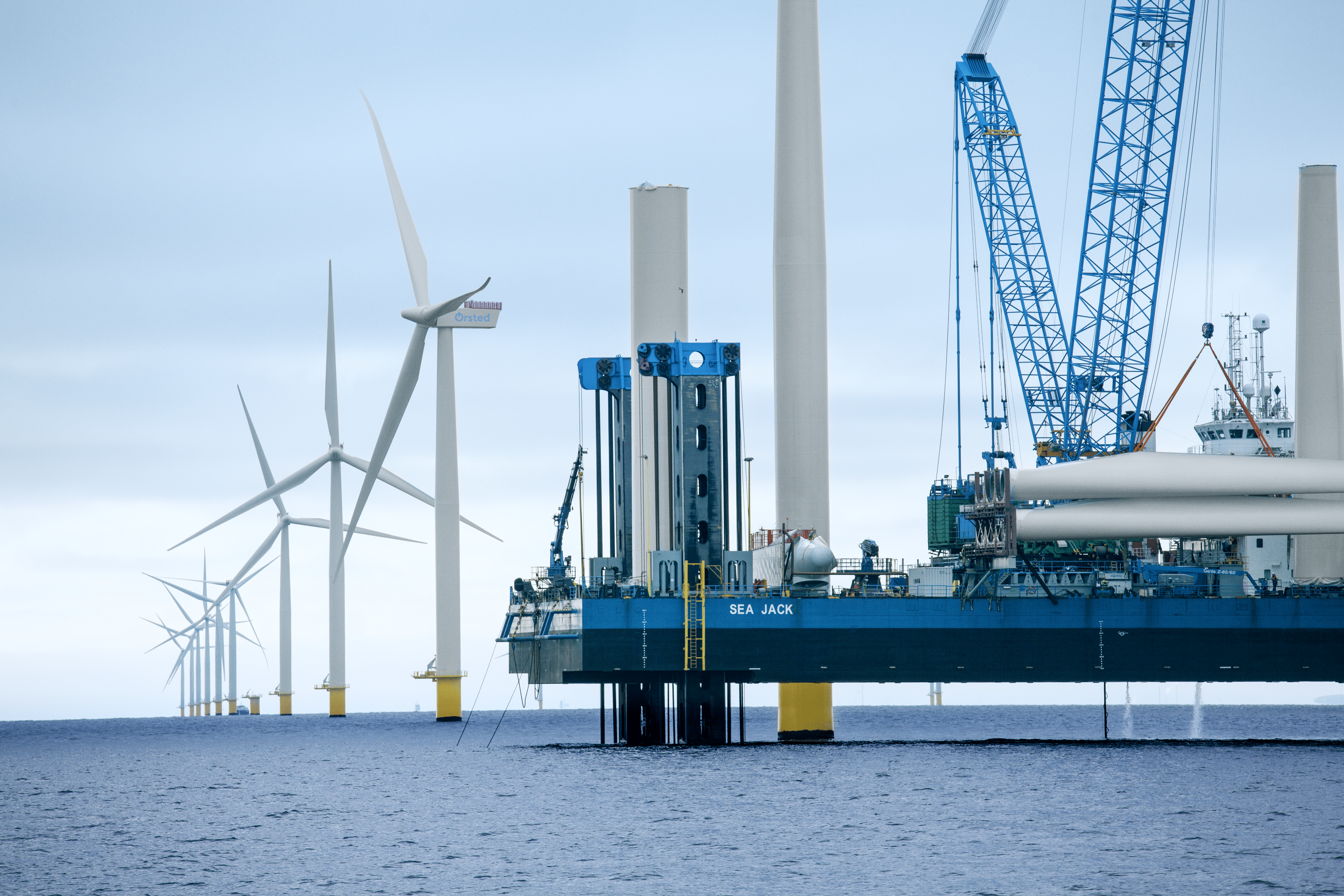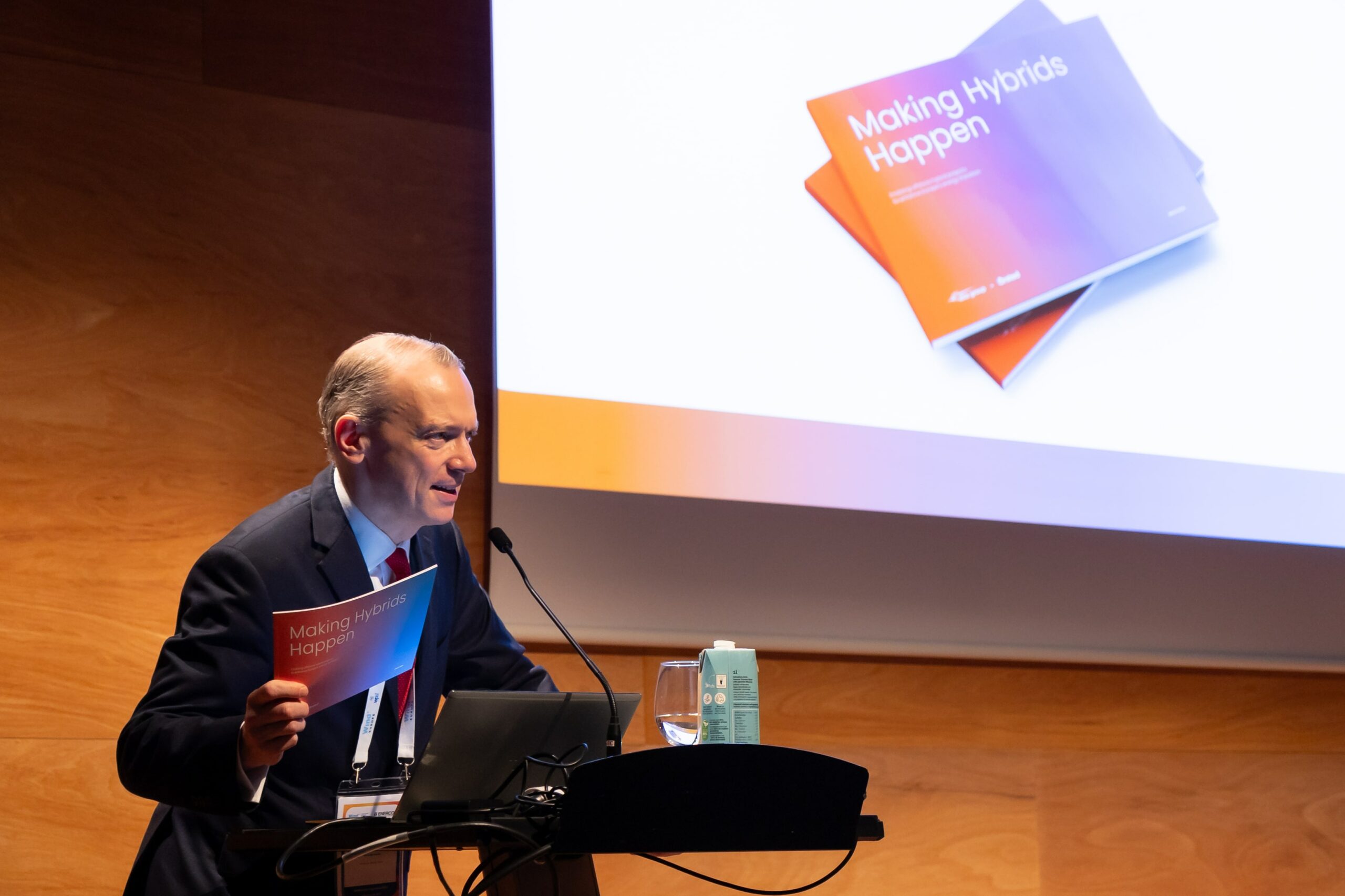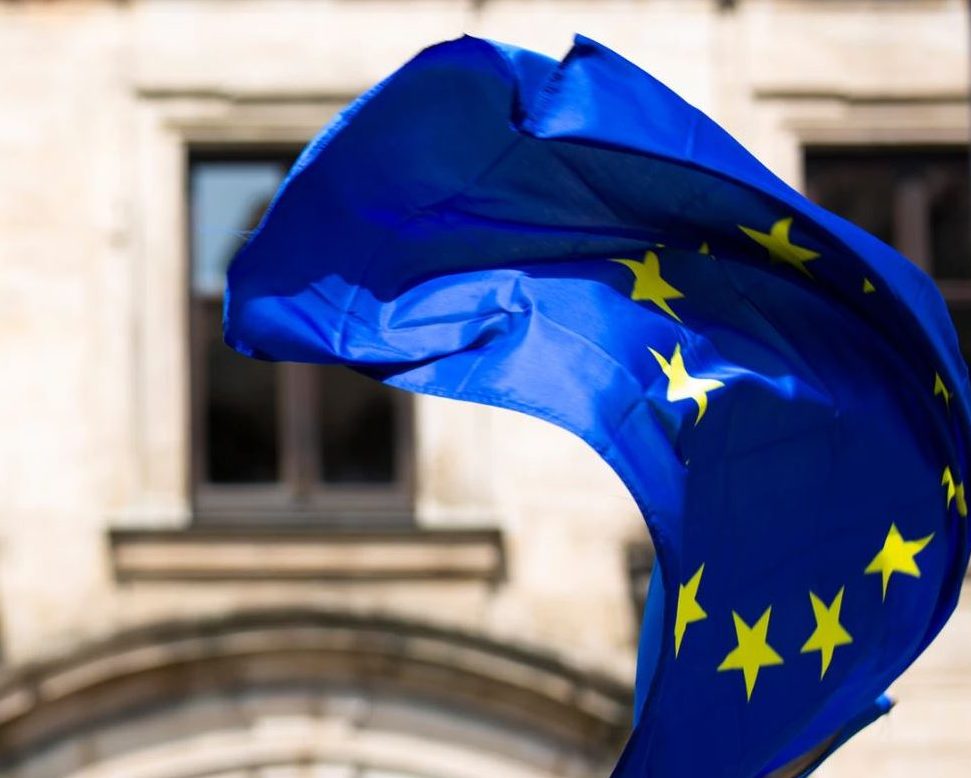News
Offshore wind
Wind energy
How the North Sea could become the new Silicon Valley for offshore wind


From July 1 2018, the presidency of the North Sea cooperation for offshore wind will be assumed by Denmark. The Danish Minister of Energy, Utilities and Climate, Lars Christian Lilleholt, will use the presidency to clear the rules across national borders and make offshore wind even cheaper.
The North Sea cooperation is a partnership concerning offshore wind and electricity networks in the North Sea. It includes the following countries: Belgium, Holland, Luxembourg, Ireland, Great Britain, France, Norway, Sweden, Germany and Denmark, with the participation of the European Commission.
Wind from the North Sea can cover up to 12 percent of the European Union’s electricity demand, corresponding to the need of 100 million households. When Lars Christian Lilleholt becomes chairman of the North Sea cooperation, it will be with the intention of enhancing the teamwork and making offshore wind cheaper. The focus of the Danish presidency will, among other things, be to create more homogeneous regulations across the countries involved.
-Related news: Denmark assists China taking a quantum leap in offshore wind
”There is a tremendous potential in the North Sea. The price of offshore wind has been decreasing the past couple of years and I am very focused on creating the best framework for the industry, allowing the price of offshore wind to fall even more. This requires, among other things, that we in the North Sea cooperation oppose unnecessary differences in the regulations across national borders to keep costs down. We also need to ensure coordination so that we can spread the construction of offshore wind turbines out to avoid expensive bottlenecks in the wind industry,” said the Danish Minister of Energy, Utilities and Climate, Lars Christian Lilleholt.
Due to the different regulations across national borders today, the foundation of the wind turbine must have different colours, depending on where in the North Sea they are located. Besides this, there are separate rules for security and work environment. This sometimes makes it necessary for the crew of the offshore wind turbines service vessels to change security shoes when they cross the borders at sea or when leaving a service vessel to enter a wind turbine.
-Related news: Clean energy in the Nordic countries: can a diversified approach pay off?
”Offshore wind is a Danish stronghold, which creates jobs and growth in Denmark and contributes significantly to the green transition. I look forward to continuing the dialogue with the other countries in the North Sea cooperation and with the industry. We need to learn from each other and create the best foundation for a Silicon Valley for offshore wind in the North Sea,” said the minister.
Facts on the North Sea cooperation:
- The North Sea cooperation is a collaboration on offshore wind and electricity networks between Belgium, Holland, Luxembourg, Ireland, Great Britain, France, Norway, Sweden, Germany and Denmark, with the participation of the European Commission.
- The North Sea cooperation will be running until the summer of 2019. It is expected that the partnership will be extended during the Danish presidency.
- The European Commission estimates that wind from the North Sea could cover 4-12%. of electricity consumption in the EU, which corresponds to an expansion in the area of 100 gigawatts (GW) by 2030.
- Considering the use of electricity in Danish households, this would mean that wind from the North Sea could cover the electricity use of 100 million households.















